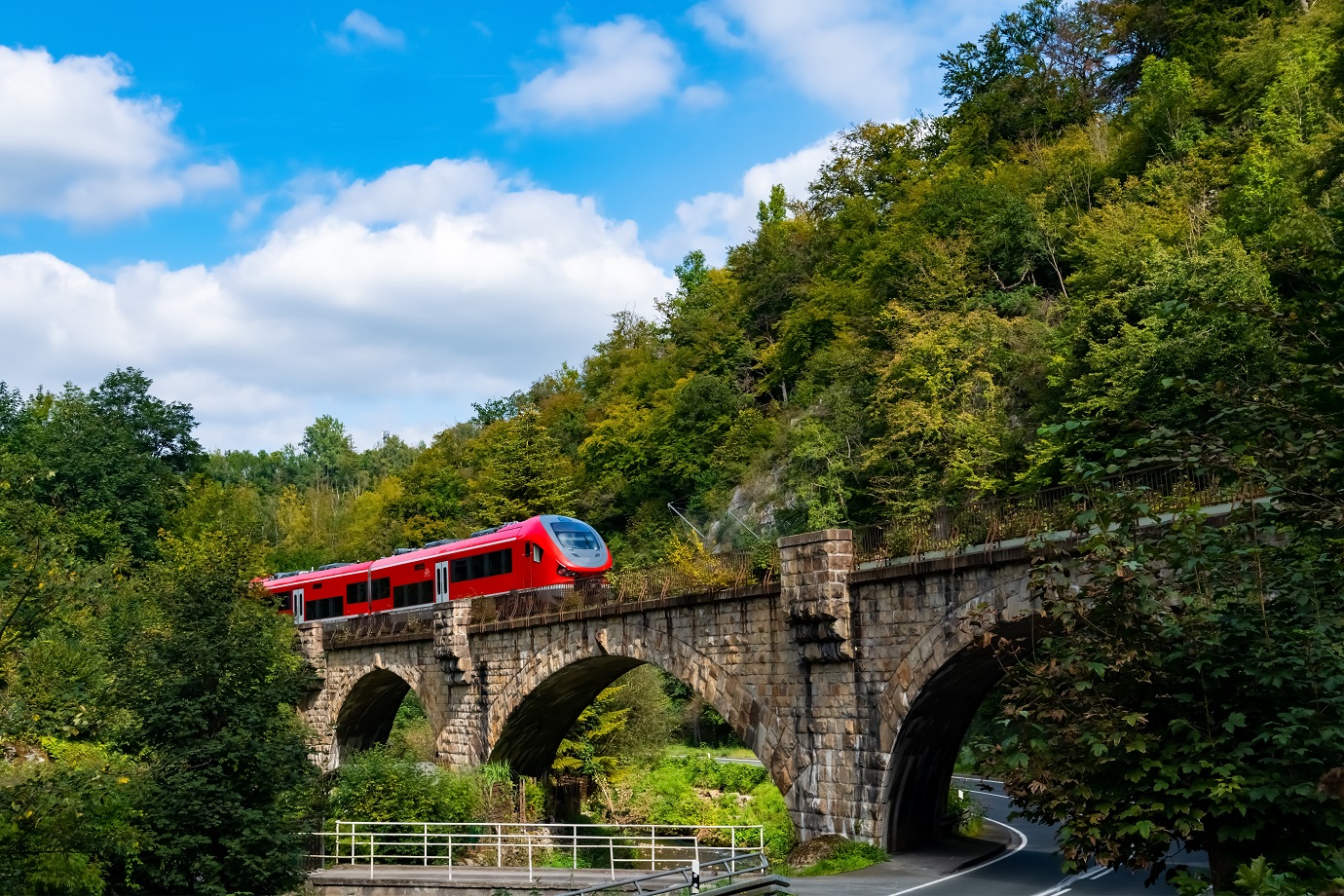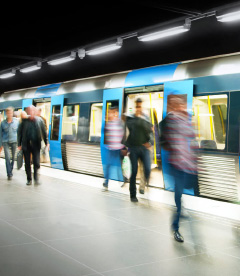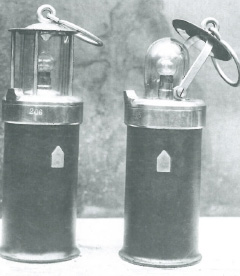Let it Roll with Battery Power
Application
July 1. 2024
2 min.
As it is the case with almost any technology, trains too rely heavily on batteries. So much so, that without them, some trains wouldn’t even be able to hit the tracks in the first place.

In many cities across the world, battery-powered trams and twin-source trolley busses have become quite commonplace. The main advantage of this configuration is obvious – the vehicle is not limited to streets where there is an overhead line. Applying the same principle on trains, the so-called battery electric multiple units, or BEMUs, can reduce the number of changes that passengers have to make when travelling on lines that are partly electrified and non-electrified. Thanks to their versatility, the operator may need less units in service, not to mention that BEMUs are the cleanest solution to replace diesel vehicles.
On and off the grid
Experiments with accumulator railcars, as they were originally called, were conducted from around 1890 in several European countries and the US. However, apart from a number of metro networks around the world, battery-electric trains remained a niche technology. Until a decade or so ago when improvements in battery technology led to a significant reduction in weight of the storage, increasing the trains' ranges. Only this time, instead of lead-acid batteries or various nickel-based chemistries, lithium-ion is the choice of the day.
The most common BEMU configuration is the batteries being continuously recharged by driving under traction and by energy recovery during so-called regenerative breaking. Modern units, such as the respective variants of Siemens Desiro, Stadler Flirt or Škoda Transportation’s RegioPanter, have a battery-only range of around 100 km, but some even up to 150 km, which is more than enough to cover regional non-electrified lines. Several BEMUs have been in test service since the late 2010s, with the first such train to reach full homologation for regional passenger transport in the EU in 2021.
| Electric trains fed from the catenary also make use of regenerative braking, but with no batteries involved. Instead of storing the energy, it makes more sense to just put it back on the railway grid which is designed to handle sudden surges in voltage. However, in many subway systems, the energy retrieved from braking needs to be stored. But it is first received by a supercapacitor as a buffer, and only then transferred to the vehicle's battery. In metro trains, batteries are truly indispensable because if the mains supply fails, it is battery power that brings the unit and everyone in it to the next station. |
However, train manufacturers are trying to push the BEMU concept to another level by developing systems similar to catenary-free tramways. In such cases, the batteries are coupled with a supercapacitor which is boost-charged at each stop. This allows to limit the size of the traction battery, as well as it enables the electric train to operate solely on non-electrified lines. However, stations along the line must be equipped with contactors typically embedded between the tracks.
Small, but essential
While BEMUs are quite a novelty, large batteries have been used in trains for decades. Some all-electric shunting locomotives, particularly in urban rapid transit systems, as well as inspection and maintenance railcars use 400 to 650 V battery systems weighing up to 5 Tons as motive power. However, most rolling stock carries smaller lead-acid or nickel-based batteries that perform a multitude of supporting functions. Including the simple fact that in a disconnected situation, for instance when the locomotive is parked in depot, independent power supply is required to lift and connect the pantograph to the grid. And to energize systems such as controls or communication equipment.
Similarly, battery power is used to start large diesel engines. Which is not just about cranking the motor, the starter battery also needs to provide electricity to perform pre-start functions such as powering up hydraulic pumps, air compressors, brake systems and alike. And last, but not least, batteries can be found in coaches, too. They provide emergency back-up power for communication, door control, lighting, air-conditioning, and other applications requiring medium power. These batteries are designed and capable of delivering instant power 5 to 10 times more than their capacity, and still be able to sustain a significant voltage drop.
This article only fucuses on rolling stock, but there are many trackside applications of battery technology. Find out more in the piece linked in the upper right corner of this page.




